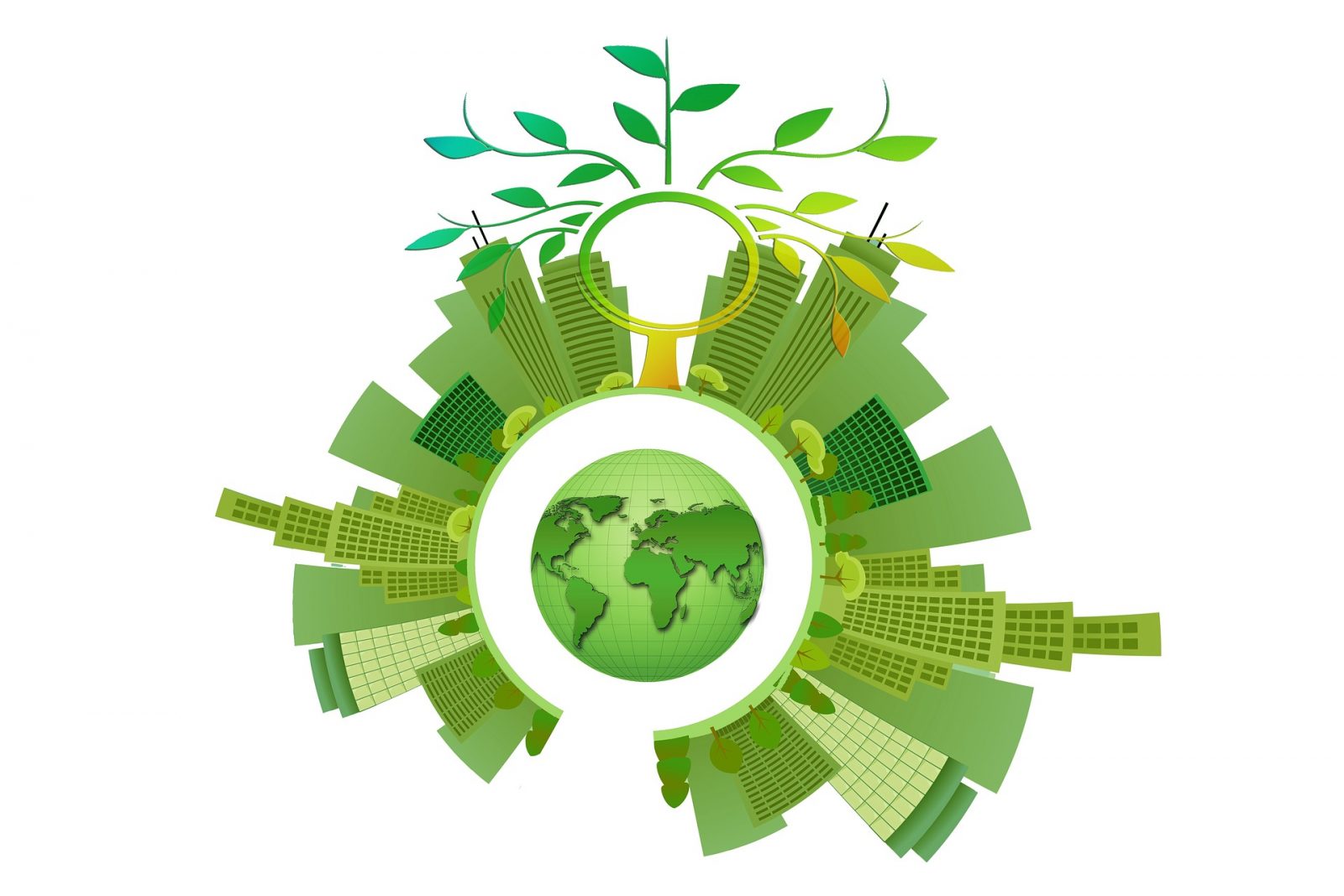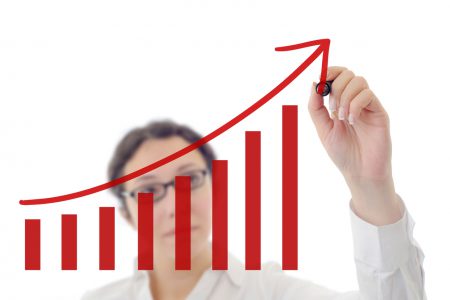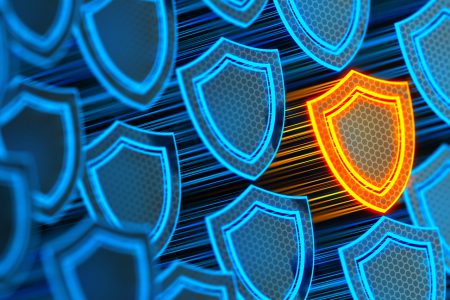Sustainable Development in Government: 5 Strategies for Implementing EO 13834

Is your government agency sustainable?
If not, it should be.
President Trump signed Executive Order (E.O.) 13834 on May 17th, 2018 and it “directs Federal agencies to manage their buildings, vehicles, and overall operations to optimize energy and environmental performance, reduce waste, and cut costs.”
The Federal government is leading the way on this initiative for sustainable development in government and has achieved substantial energy savings (which we’ll review later in this post).
To help you meet the standards outlined in EO 13834, we’ll tell you what outcomes your agency is expected to achieve, when you’re expected to achieve them, and a few easy ways to begin developing a sustainable government agency.
What Are the Goals of Executive Order 13834?
EO 13834 sets forth 8 goals that the head of each federal agency is expected to meet in the most cost-effective way possible.
These are the goals of EO 13834:
- Achieve and maintain annual reductions in building energy use and implement energy efficiency measures that reduce costs.
- Meet statutory requirements relating to the consumption of renewable energy and electricity.
- Reduce potable and non-potable water consumption, and comply with stormwater management requirements.
- Utilize performance contracting to achieve energy, water, building modernization, and infrastructure goals.
- Ensure that new construction and major renovations conform to applicable building energy efficiency requirements and sustainable design principles; consider building efficiency when renewing or entering into leases; implement space utilization and optimization practices; and annually assess and report on building conformance to sustainability metrics.
- Implement waste prevention and recycling measures and comply with all Federal requirements with regard to solid, hazardous, and toxic waste management and disposal.
- Acquire, use, and dispose of products and services, including electronics, in accordance with statutory mandates for purchasing preference, Federal Acquisition Regulation requirements, and other applicable Federal procurement policies.
- Track and, as required by section 7(b) of this order, report on energy management activities, performance improvements, cost reductions, greenhouse gas emissions, energy and water savings, and other appropriate performance measures.
When Do You Need to Achieve the goals of EO 13834?
Unlike Obama’s sustainable development in government policies, which was supposed to carry through 2025 (but was rescinded to make way for EO 13834), President Trump didn’t set deadlines for his energy-saving executive order.
Without concrete timetables, federal agencies are free to meet the goals of EO 13834 on their own time, in a way that best suits their budget and other needs.
How’s the Federal Government Doing in Sustainable Development?
The Office of Federal Sustainability has compiled a “scorecard” on federal agency performances regarding energy efficiency and sustainability.
Every agency had their fiscal year 2016 performance assessed according to the goals set forth by Obama’s sustainable development executive order.
The Office of Federal Sustainability will update their metrics to conform to President Trump’s Executive Order 13834 proposals when assessing these agencies for fiscal year 2017.
Even still, these scorecards give a good indication of how well the federal government is doing in regards to sustainable development.
For example, here’s how the U.S. Department of Energy did on their scorecard:
- For Scope 1&2 GHG Reduction Target of 50.0% by 2025: 42.3% reduction in 2016 and on target
- For Scope 3 GHG Reduction Target of 25.0% by 2025: 19.3% reduction in 2016 and on track
- Reduction in energy intensity in goal-subject facilities compared with 2015: 9.4% and on track
- Use of renewable electricity as a percent of facility electricity use: 24.1% from renewable sources and on track for 30% by 2025
- Use of clean energy as a percent of facility energy use: 22.6% of federal building electric energy and thermal energy is clean energy and on track
- Reduction in potable water intensity compared with 2007: 29.3% and on track for 36% in 2025
While not all government agencies have achieved as much progress in sustainable development as the U.S. Department of Energy, they’re all undertaking initiatives to meet their sustainable development goals – which should inspire you to do the same.
Strategies You Can Implement for Sustainable Development in Government
The U.S. General Services Administration (GSA) recently announced their Strategic Plan for Fiscal Years 2018-2022 which emphasizes saving taxpayer money through the more efficient management of federal real estate.
They revealed a few of their strategies for successfully reducing energy and increasing efficiency, such as:
- Monitoring temperature settings, operating schedules, and routine maintenance.
- Installation of LED lights and low-flow water fixtures as part of smaller renovations.
- Disposal and congressionally-funded renovation of older buildings and construction of more-efficient new buildings.
In addition to GSA’s strategies, we’ve compiled a few more below that you can implement today to kickstart (or embolden) your government sustainability development initiatives.
Create a Team
You can’t turn a government agency green on your own. You’re going to need the help of a dedicated team of individuals who share the same goals and vision for an eco-friendly office and organization.
Plus, one of the biggest benefits of creating a “green” team is employees can better inspire fellow employees than a top-down announcement or memo from management can.
Reduce Consumption of Office Supplies
Once you have a team, you can implement projects for them to oversee, such as the reduction in office supplies consumption.
- Disposable pens can be replaced with refillable pens
- Traditional sticky notes can be replaced with recycled Post-It Notes
- And regular tissue paper can be replaced with recycled tissue paper
Tiny changes like this are a great way to begin a sustainable development program and can substantially decrease the amount of waste that would otherwise end up in a landfill.
Use Energy-Efficient Lighting
According to the U.S. Department of Energy, By 2027, widespread use of LEDs could save about 348 TWh (compared to no LED use) of electricity: This is the equivalent annual electrical output of 44 large electric power plants (1000 megawatts each), and a total savings of more than $30 billion at today’s electricity prices.
If you want to cash in on those savings, you can easily swap your incandescent light bulbs for LED, halogen, or compact fluorescent light bulbs.
But before you toss your inefficient light bulbs in the trash, make sure to recycle them at a local Batteries Plus store or other light bulb recycling facility.
Dispose of Electronic Waste
Light bulbs aren’t the only thing in your office you should dispose of properly, almost all of your electronics, inks, and toners should be recycled as well.
The EPA has a handy list of all the places that will accept your electronic waste and Earth 911 allows you to search your area for the nearest ink and toner recycling facility.
Go as Paperless as Possible
According to the EPA and the Clean Air Council, The average office worker in the U.S. uses 10,000 sheets of paper.
While going completely paperless is probably impossible for your government agency, you can take the following steps to get closer to a paperless office:
- Use G Suite for Government, Microsoft 365 for Government, Basecamp, Dropbox, or some other services to share and collaborate on documents instead of printing them.
- Digitize as many of your backend documents as you can.
- Invest in a document management system that organizes all of your digital and paper files.
Sustainable Development in Government Beyond EO 13834
The goals of Executive Order 13834 are admirable, and should absolutely be pursued.
But the sustainable development of government shouldn’t just be about following a mandated set of policies. It should be about striving to use the taxpayer’s money wisely, decreasing your carbon footprint, and actually caring about preserving the environment.
You’ll need more education and information beyond the tips we provided here to meet the expectations of EO 13834 and to pursue sustainability goals beyond them.
We’ve created a number of courses, ebooks, and videos to help you implement an optimal sustainability development plan.
Some of these include:
- Sustainable Development for Public Administration
- Sustainable Logistics and Supply Chain Management: Principles and Practices for Sustainable Operations and Management
- Advanced Sustainable Lighting Design – Reports
- Sustainable Building Technology
- Characteristics of a Sustainable Organization
And much, much more.
If you want to get your hands on these resources and many others, then sign up for a free 14-day trial of Enterprise Training below.
Experience the proven, easy-to-use, and cost-effective benefits of online training by scheduling your free online training consultation today!Free Consultation


